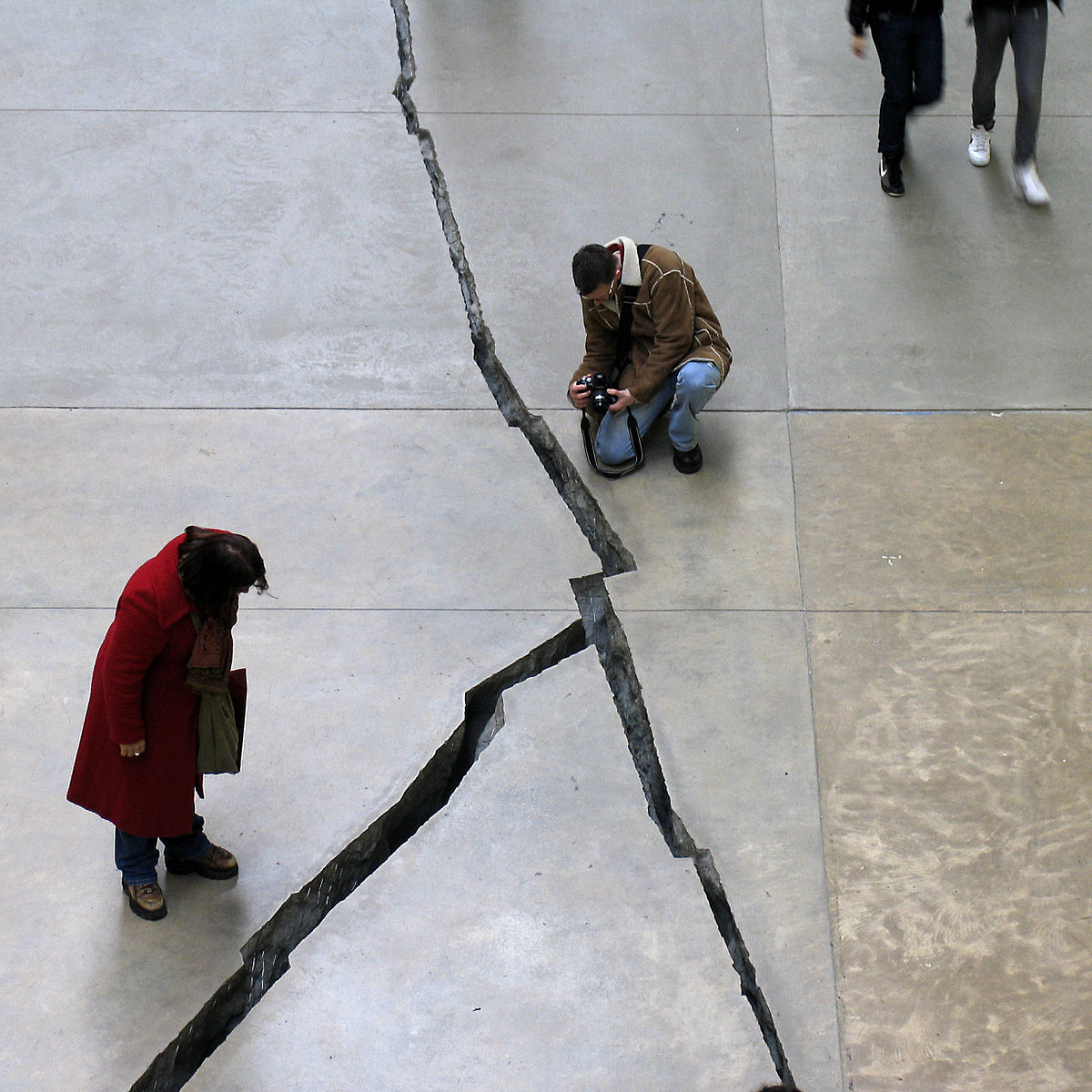Art, beauty, and creativity
Art asks some profound questions about humanity and can capture the beauty that we see in the world, from the beautiful sunsets of a Monet painting, to the magnificent mountains of Albert Bierstadt. When I see these artworks, they remind me of the awe and wonder that I feel when I see these incredible parts of our world. As the brushstrokes have been painted by the artists with passion and thought, the seemingly infinite beauty we see in the world causes me to think that the world must have some design behind it. The story of the Bible tells us that the world was not created by accident but with purpose, most of all to be lived in and enjoyed by humans as they relate to the God who made them.


Genesis 1 says that humans are made in the image of God, which may seem like a strange phrase but it essentially means that God lovingly created us to be different from the rest of creation because we in some way reflect His character. This includes the incredible creativity that we see poured into so many works of art. Like a parent or grandparent teaching a young child how to draw, sing or cook, God delights for us to take part in His creation and to enjoy using the amazing skills that he Has given us.
However, I don’t know about you but I don’t feel like I’m made in the image of God most of the time. I know that I don’t love and care for others’ perfectly, that I hurt peoples’ feelings and am left sometimes feeling confused and isolated. And I often find myself frustrated that I don’t have the time or capacity to be creative as I’d like to and am left crushed by my unreached ambitions. This frustration is expressed well by poet Joshua Luke Smith:
Sometimes I have wondered, and perhaps you can relate, exactly what I have to offer the world? When will I carve my statue of David like Michelangelo or paint the birth of Venus like Sandro Botticelli? I want to do something great and be something great yet most of my life is spent untangling myself from the spiderwebs of shame and misfortune that I’m caught in and create.
I wonder whether you relate to any of the emotions you’ve seen in a work of art before. Whether it’s the loneliness portrayed in Edward Hopper’s New York Movie or the injustice in William Mount’s The Power of Music. When we look at artworks created by different people in different times and places, there seems to be a common pain and anguish that the world is not as it should be.


Searching for answers in the brokenness
As we continue the story that we began to explore earlier, the Bible gives us a reason for this. The pain and confusion that we often feel is a product of the fact that we have all rejected God and have instead chosen to make ourselves the God of our lives. We want to decide our own destiny, to do the things that will bring us the most happiness, thinking we know what is best for us. But where does this lead us? Out of relationship with God, we are alone in a big world where we face many pressures every day. Driven by the pressure to do something significant with our lives, do we often feel crushed by indecision or anxiety?
In many works of art, it seems as though there is little hope for the situations and people depicted. So, what do we do with those artworks that don’t seem to offer any answers? For example, one reviewer of the 2007 installation artwork Shibboleth at Tate Modern in London wrote:
the artwork rattled around in my head all day, and it haunts me still. When I ask myself why, I realize it is because it looks like a wound, a gash that can’t heal. It offers no hope, leaving you feeling as empty as the abyss it opens up beneath your feet.


Maybe that’s not your impression of the artwork (as we all interpret things differently) but it is clear when we look at art throughout history that there is much beauty and also much brokenness. So this leaves us questioning: how do we deal with the tension between brokenness and beauty that we see in art and in the world around us? Do we just embrace it like the crack in the floor in Shibboleth I or is there an answer? Is there hope in the brokenness?
All things made new
The answer the Bible gives is that when humanity rejected God’s love, death entered the world as the consequence of choosing to go our own way. However, God loves us too much to leave us to face the punishment of death that we all deserve without a way to come back to him. He sent Jesus to die in our place so that we don’t have to. And the most amazing part is that Jesus didn’t stay dead but rose from the grave, defeating death and making a way for us to have eternal life with Him when we choose to follow Jesus and to come back into relationship with God.
And not only does Jesus’ resurrection provide hope in the face of death but it changes everything about the present, as we look to the future. The last book of the Bible, Revelation, says: ‘“He will wipe every tear from their eyes. There will be no more death or mourning or crying or pain, for the old order of things has passed away.” Even more than that, in the next sentence, God says simply but beautifully ‘I am making all things new’. All of the brokenness we see depicted in art, in our own lives and in the world around us will be transformed. Our broken relationships with God, with others and with the world will be restored. Like Kintsugi, the Japanese practice of repairing broken pottery to create a new artwork, when we choose to follow Jesus, he can transform our broken pieces into something new. The unresolved crack in the floor is resolved.

It can be painful to recognise the broken parts of our life; our suffering or our shame. Yet, when we bring them into the light to a loving God who is waiting to forgive us and give us new life, He can make something beautiful out of our brokenness. And when you follow Jesus, you can live with freedom and purpose in light of the world to come. Being the creative children of God we were made to be means we can make amazing things without the pressure to be something great of solve the world’s problems by ourselves. We can mourn the world as it is now while pointing to the hope of eternity.

